Osteogenesis imperfecta
Osteogenesis imperfecta occurs with equal frequency in men and women, as well as in representatives of different racial and ethnic groups. It is considered that for every 12 000 – 15 000 one child is born with this disease. The main characteristic of the disease is the fragility of bones, their susceptibility to fractures. In some patients, the disease is manifested by growth disorders, hearing disorders, lesions of the skin, blood vessels, muscles, tendons and teeth. People with this disease face various problems throughout their lives, however, many live healthy and productive lives.
Diagnosis of osteogenesis imperfecta
The primary diagnosis is based on clinical manifestations. To confirm the diagnosis, it is necessary to consult specialists such as a geneticist, orthopedist and endocrinologist, as well as conducting laboratory tests that will help rule out other diseases and provide information for further treatment.
Laboratory studies of osteogenesis imperfecta include:
-
molecular analysis of collagen (DNA analysis of certain genes from a blood or saliva sample);
-
biochemical analysis of collagen;
-
separate studies based on skin biopsies.
Instrumental diagnostic methods include:
-
X-ray examinations that reveal osteopenia, arched curvature of the tubular bones, compression fractures of the spine and insertion bones along the sutures of the skull;
-
densitometry is a study of bone mineral density;
-
bone biopsy followed by examination of the obtained sample.
Treatment of fractures due to osteogenesis imperfecta
The full course of treatment includes drug therapy, if necessary, surgical treatment, rehabilitation, as well as psychotherapeutic support for the patient and his family members. An important stage of therapy is to teach the child and his parents the rules of behavior and adaptation to a new lifestyle, which will help in the future to avoid situations that provoke injury.
Treatment of osteogenesis imperfecta is aimed at reducing the number of fractures, surgically correcting deformities, increasing bone mass and reducing bone fragility. The main method of conservative therapy is the use of highly effective and modern medicines, which include bisphosphonates, drugs close to compounds existing in the human body. Growth hormone is used as an additional treatment method.
Surgical treatment of osteogenesis imperfecta includes treatment of fractures, correction of deformities, bone strengthening, prosthetics. In some cases, surgical treatment requires repeated surgical interventions, this is due to the fact that as bones grow, the inserted pins need to be replaced.
Currently, for the treatment of fractures in rehabilitation.
Why the EMC
The first and only clinic in Russia, created in the image of the world's leading clinics
EMC is a multidisciplinary center offering patients a high level of medical services and a personalized approach
Worldwide recognition and awards
 Learn more
Learn more
Worldwide recognition and awards
 Certificates and licenses
Certificates and licenses
Make an appointment for a consultation
Specify your contacts and we will contact you to clarify the details
Reviews
and new products of the EMC



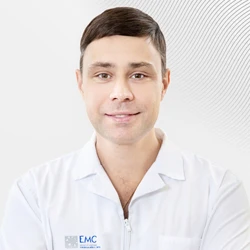
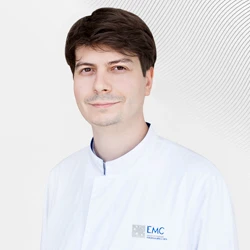
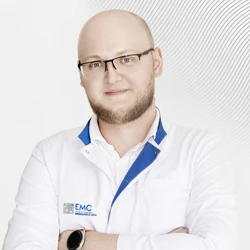
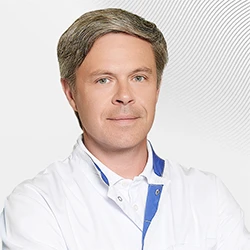
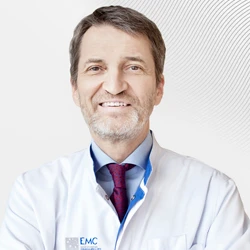
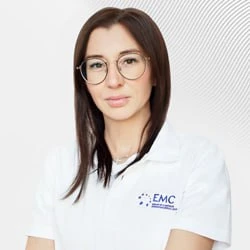

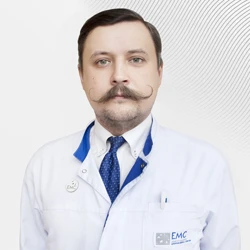

.webp)
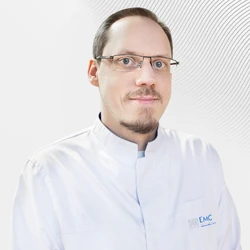
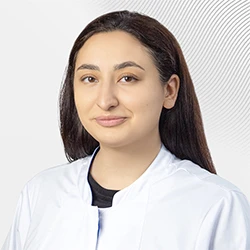
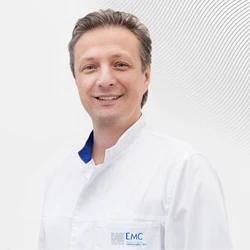
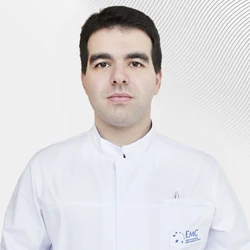
.webp)


